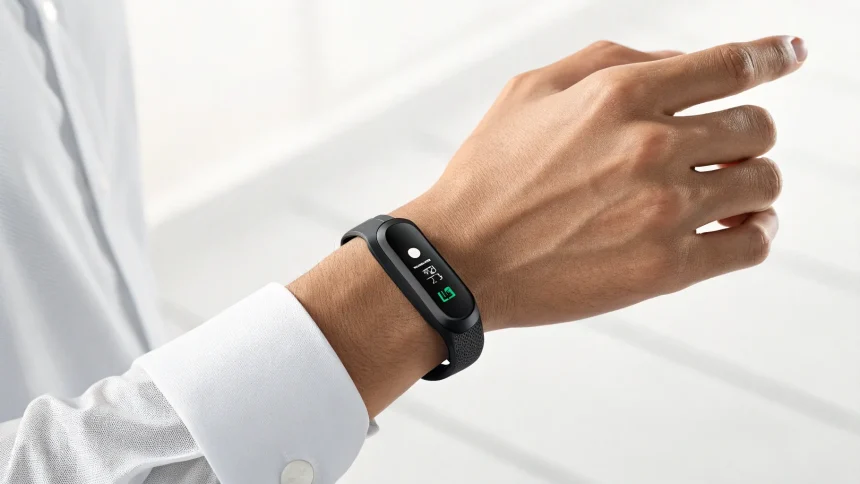Meta researchers have created a new wristband technology that converts hand movements into computer commands, offering potential breakthroughs in accessibility and device control. The wearable device can track hand gestures to move cursors and even transform air-written letters into digital text.
The technology represents a significant advancement in human-computer interaction, particularly for individuals with limited mobility. By detecting subtle hand movements, the wristband creates a direct pathway between physical gestures and digital responses without requiring traditional input devices like keyboards or touchscreens.
How The Technology Works
The wristband developed by Meta’s research team interprets hand gestures through sensors that detect movement patterns. When a user moves their hand in specific ways, the device translates these motions into corresponding computer commands. This allows for cursor control similar to a mouse but without requiring physical contact with any surface.
One of the most notable features is the ability to recognize handwriting performed in the air. Users can write letters and words with their finger, and the wristband captures these movements and converts them into typed text on a connected device.
Accessibility Applications
For people with reduced mobility or muscle weakness, this technology could dramatically improve digital access. Traditional input methods often present significant barriers for individuals with certain physical limitations.
The wristband offers an alternative pathway to digital interaction that requires less physical exertion and dexterity than conventional methods. Users who struggle with keyboards, mice, or touchscreens might find this gesture-based approach more accommodating to their needs.
“It could make today’s personal devices a lot more accessible to people with reduced mobility or muscle weakness,” noted researchers involved with the project.
Future of Device Control
Beyond accessibility applications, Meta’s wristband technology points toward new paradigms for how all users might interact with technology in the future. The system suggests a shift away from physical interfaces toward more intuitive, gesture-based controls.
This development aligns with broader industry trends toward creating more natural user interfaces. As computing devices become increasingly integrated into daily life, the need for seamless interaction methods grows more important.
The technology could eventually support applications including:
- Hands-free control of smart home devices
- More intuitive navigation in virtual and augmented reality
- Discreet control of mobile devices in public settings
- Simplified text input for messaging and search
While Meta has not announced commercial availability for the wristband, the research demonstrates the company’s continued investment in alternative input methods. This technology represents a step toward more accessible and intuitive digital experiences that could benefit users across different ability levels.
As wearable technology continues to advance, gesture-based interfaces may become increasingly common in consumer electronics, potentially reducing reliance on traditional input devices and creating more natural ways for humans to communicate with their digital tools.









